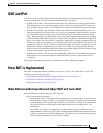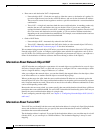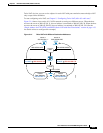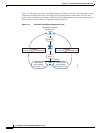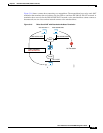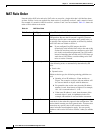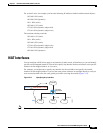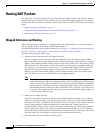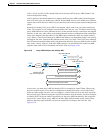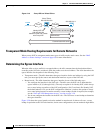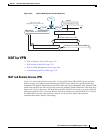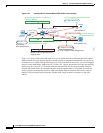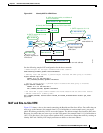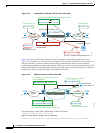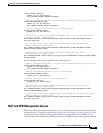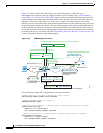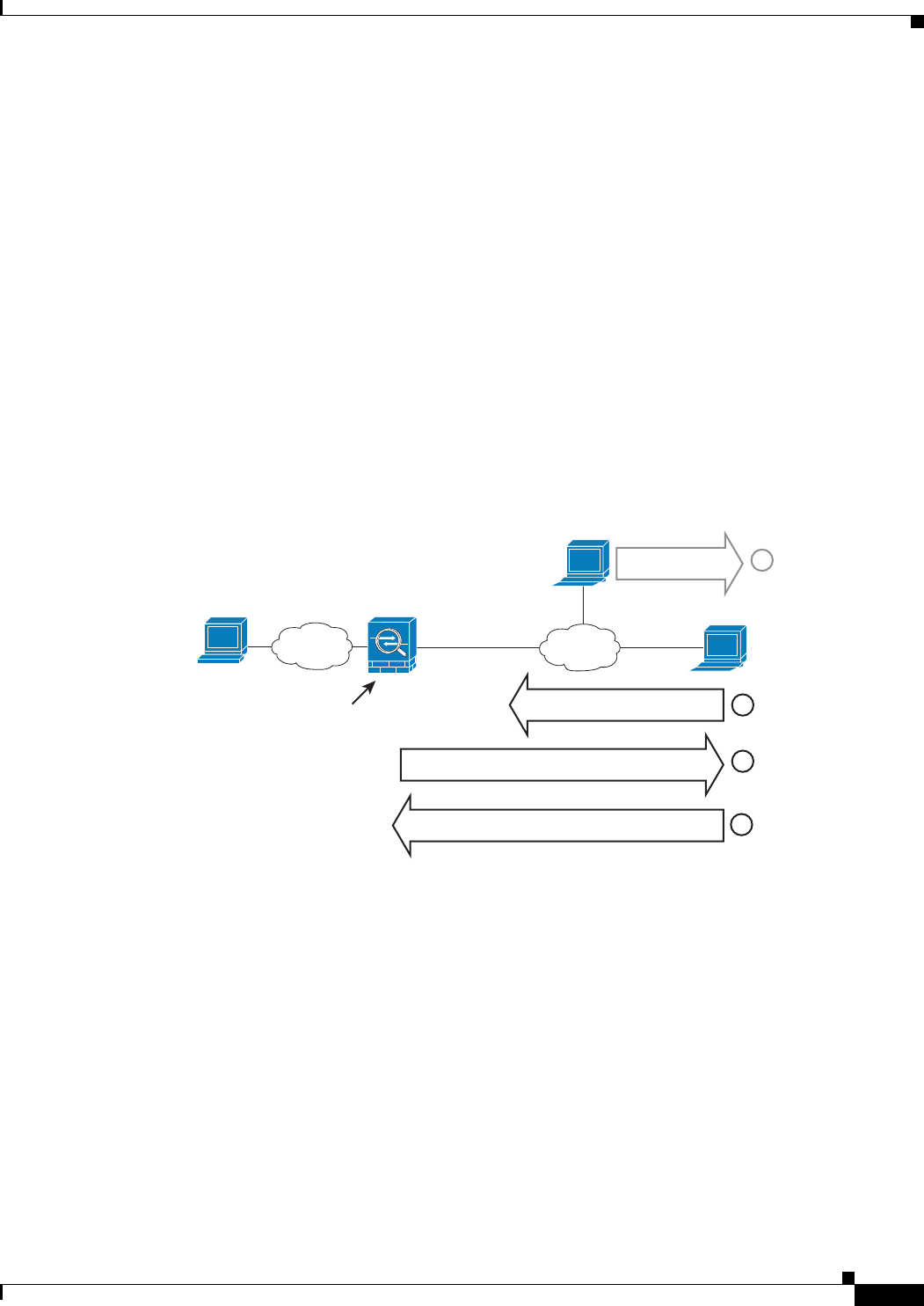
3-23
Cisco ASA Series Firewall ASDM Configuration Guide
Chapter 3 Information About NAT (ASA 8.3 and Later)
Routing NAT Packets
(8.3(1), 8.3(2), and 8.4(1)) The default behavior for identity NAT has proxy ARP disabled. You
cannot configure this setting.
(8.4(2) and later) The default behavior for identity NAT has proxy ARP enabled, matching other
static NAT rules. You can disable proxy ARP if desired. Note: You can also disable proxy ARP for
regular static NAT if desired, in which case you need to be sure to have proper routes on the upstream
router.
Normally for identity NAT, proxy ARP is not required, and in some cases can cause connectivity
issues. For example, if you configure a broad identity NAT rule for “any” IP address, then leaving
proxy ARP enabled can cause problems for hosts on the network directly-connected to the mapped
interface. In this case, when a host on the mapped network wants to communicate with another host
on the same network, then the address in the ARP request matches the NAT rule (which matches
“any” address). The ASA will then proxy ARP for the address, even though the packet is not actually
destined for the ASA. (Note that this problem occurs even if you have a twice NAT rule; although
the NAT rule must match both the source and destination addresses, the proxy ARP decision is made
only on the “source” address). If the ASA ARP response is received before the actual host ARP
response, then traffic will be mistakenly sent to the ASA (see Figure 3-18).
Figure 3-18 Proxy ARP Problems with Identity NAT
In rare cases, you need proxy ARP for identity NAT; for example for virtual Telnet. When using
AAA for network access, a host needs to authenticate with the ASA using a service like Telnet
before any other traffic can pass. You can configure a virtual Telnet server on the ASA to provide
the necessary login. When accessing the virtual Telnet address from the outside, you must configure
an identity NAT rule for the address specifically for the proxy ARP functionality. Due to internal
processes for virtual Telnet, proxy ARP lets the ASA keep traffic destined for the virtual Telnet
address rather than send the traffic out the source interface according to the NAT rule. (See
Figure 3-19).
209.165.200.225
209.165.200.230
209.165.200.231
Identity NAT for
“any” with Proxy ARP
Outside
Inside
1
2
4
ARP for 209.165.200.230.
Traffic incorrectly sent to ASA.
Proxy ARP for 209.165.200.230.
3
ARP Response
Too late



